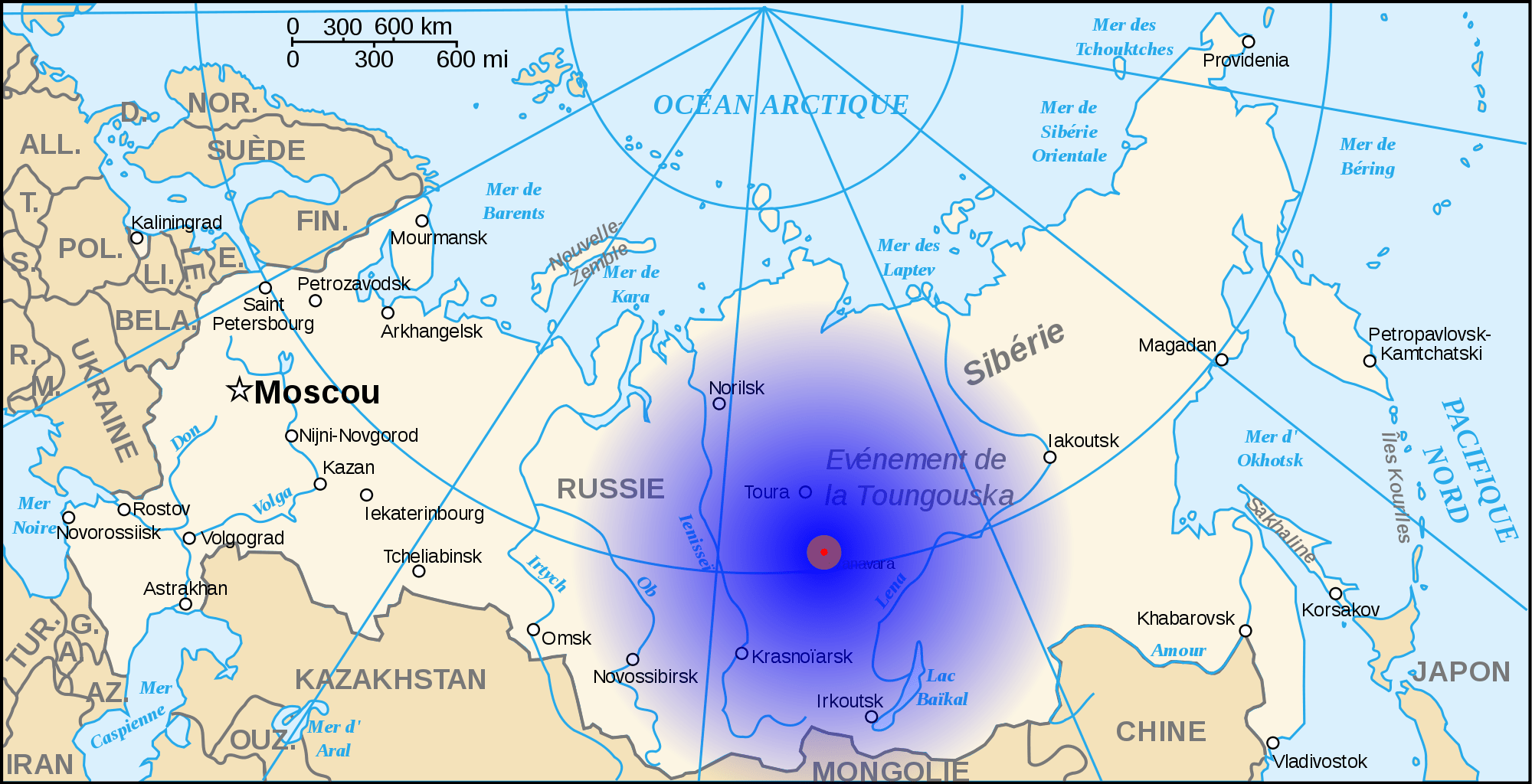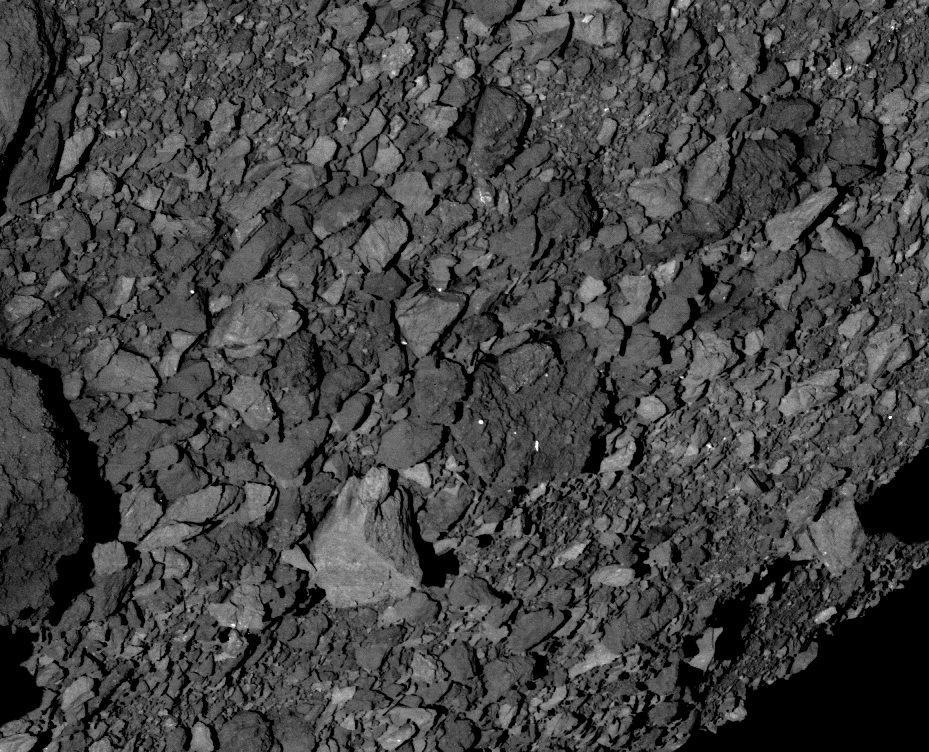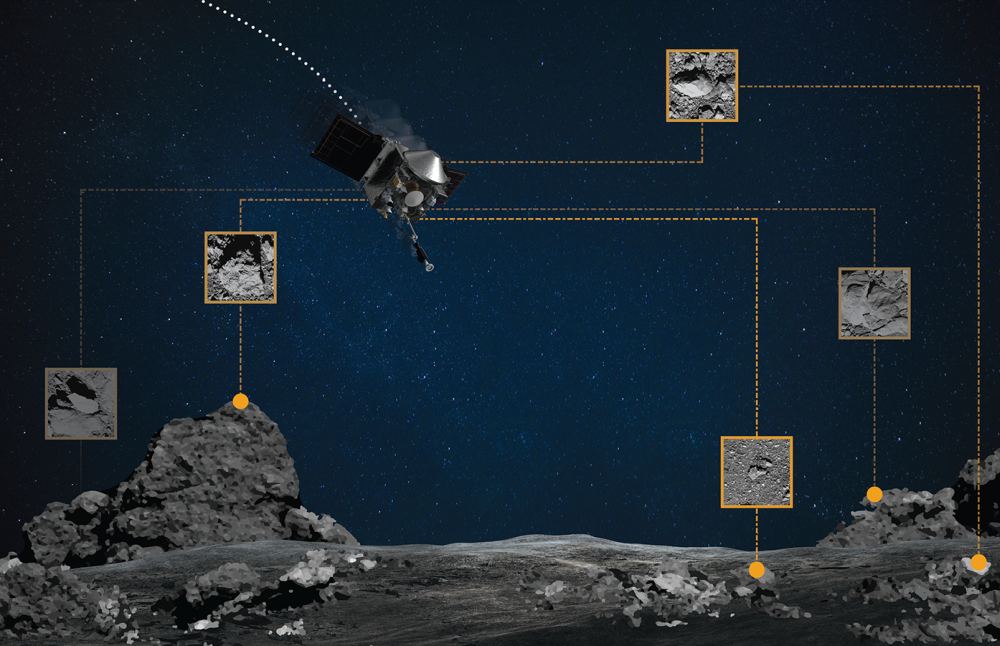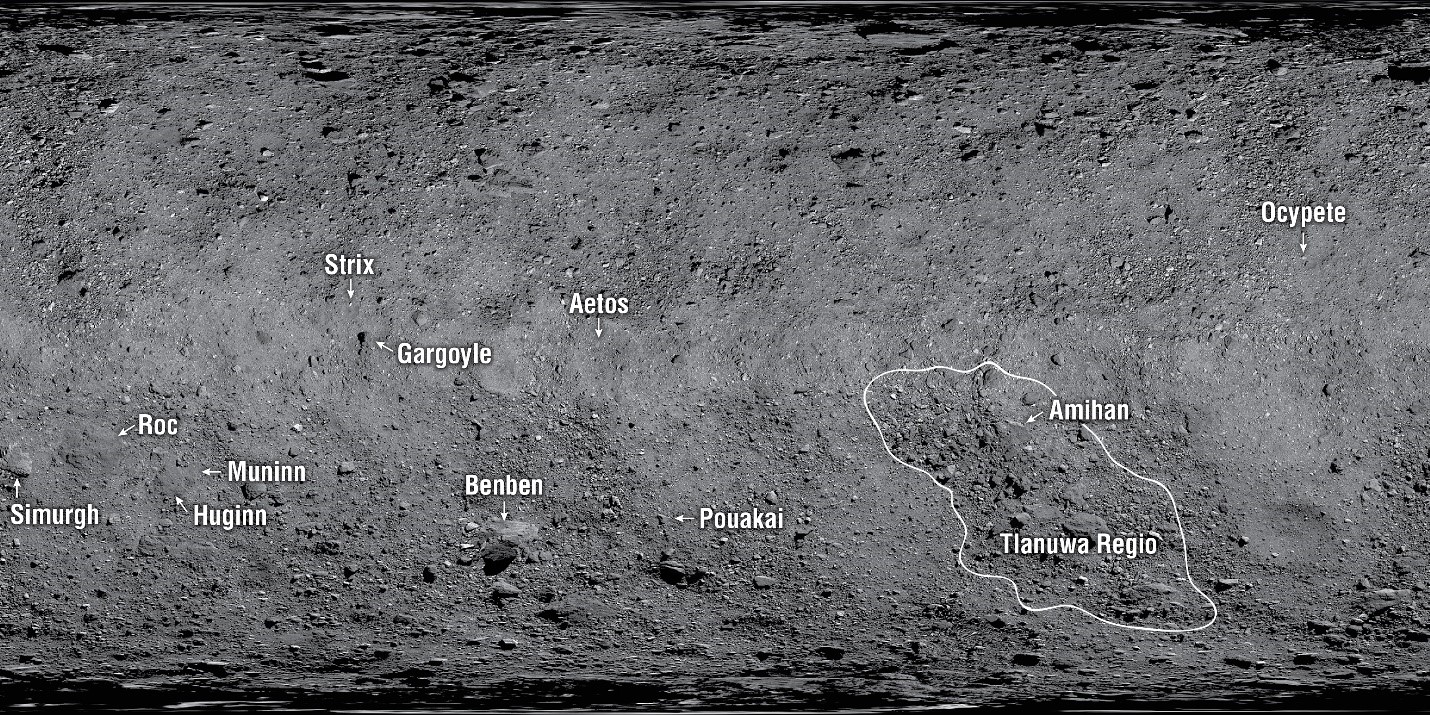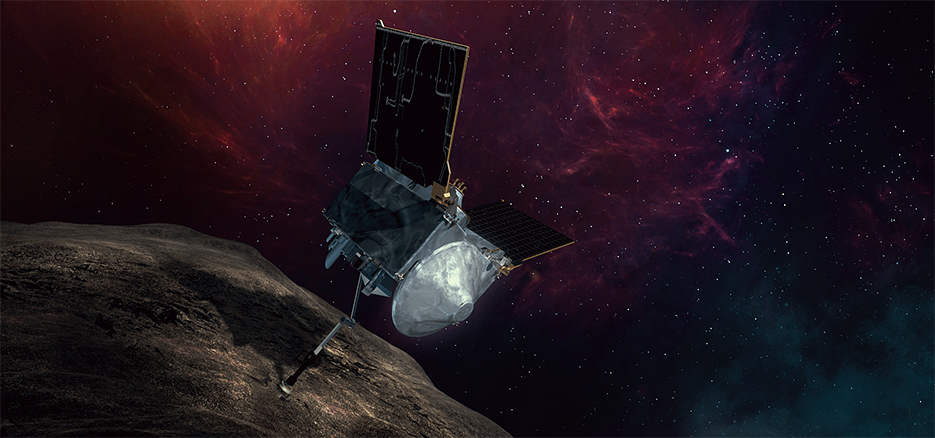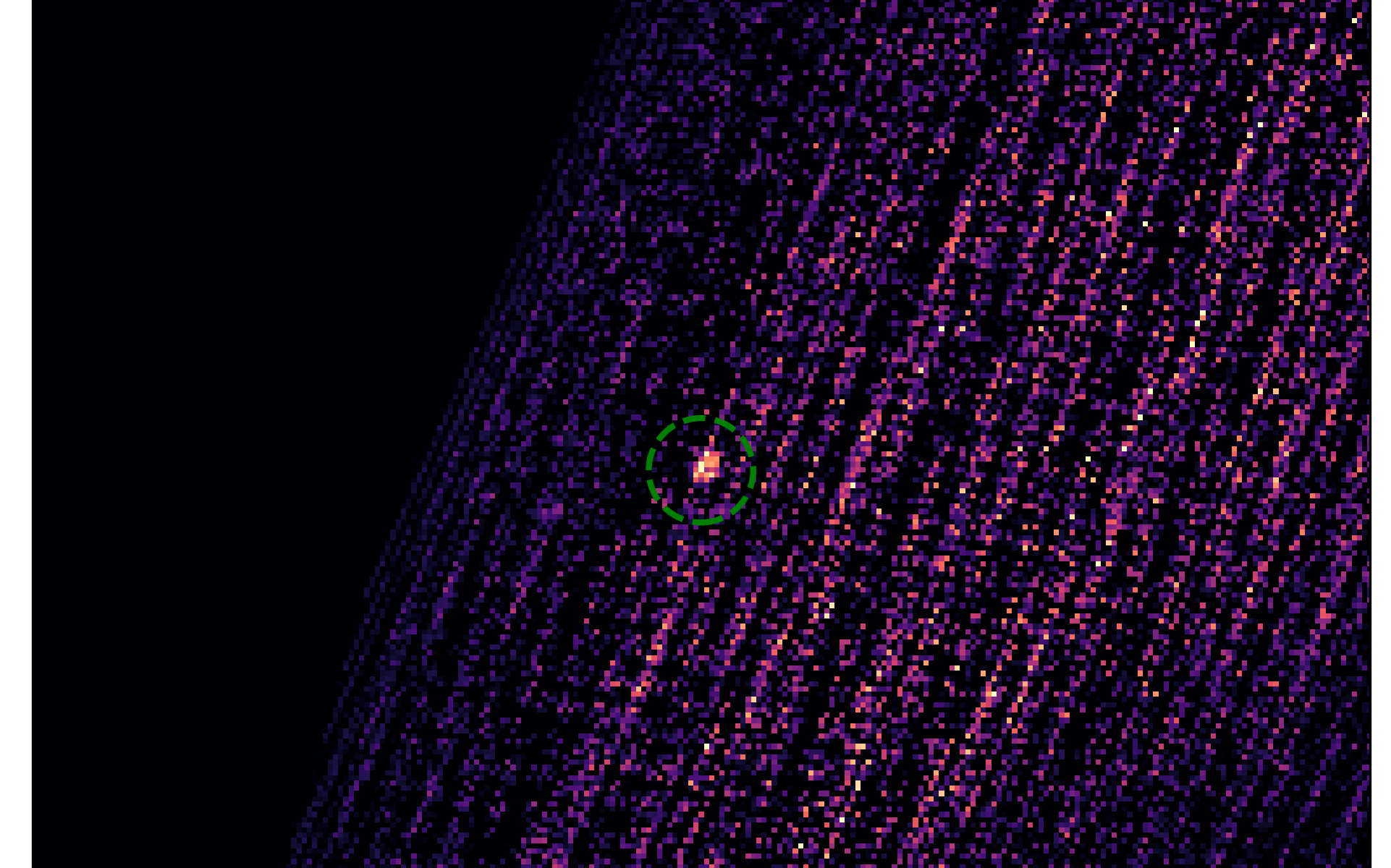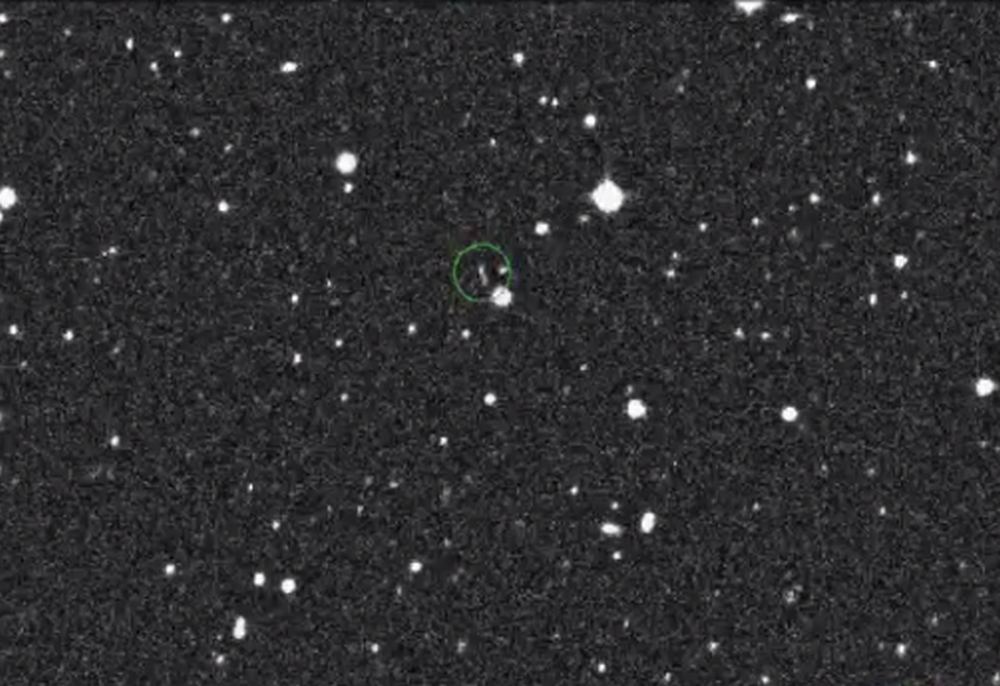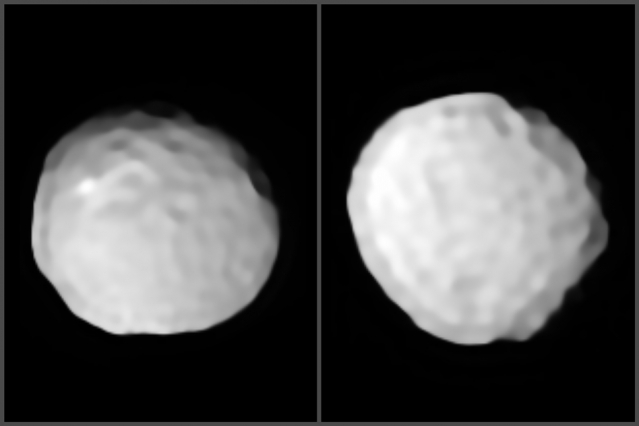In 1802, German astronomer Heinrich Olbers observed what he thought was a planet within the Main Asteroid Belt. In time, astronomers would come to name this body Pallas, an alternate name for the Greek warrior goddess Athena. The subsequent discovery of many more asteroids in the Main Belt would lead to Pallas being reclassified as a large asteroid, the third-largest in the Belt after Ceres and Vesta.
For centuries, astronomers have sought to get a better look at Pallas to learn more about its size, shape, and composition. As of the turn of the century, astronomers had come to conclude that it was an oblate spheroid (an elongated sphere). Thanks to a new study by an international team, the first detailed images of Pallas have finally been taken, which reveal that its shape is more akin to a “golf ball” – i.e. heavily dimpled.
Continue reading “New Images of the “Golf Ball” Asteroid Pallas”


